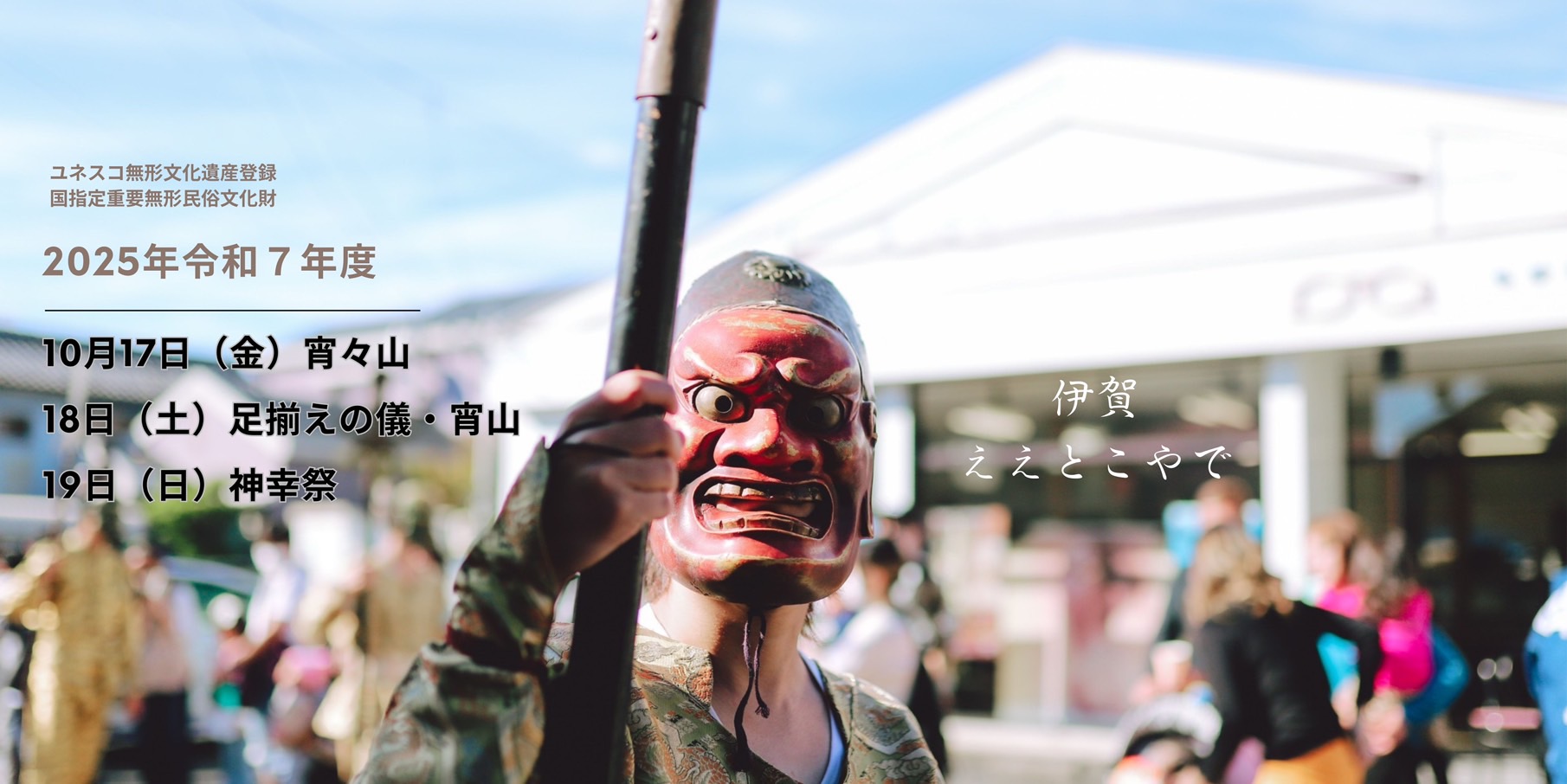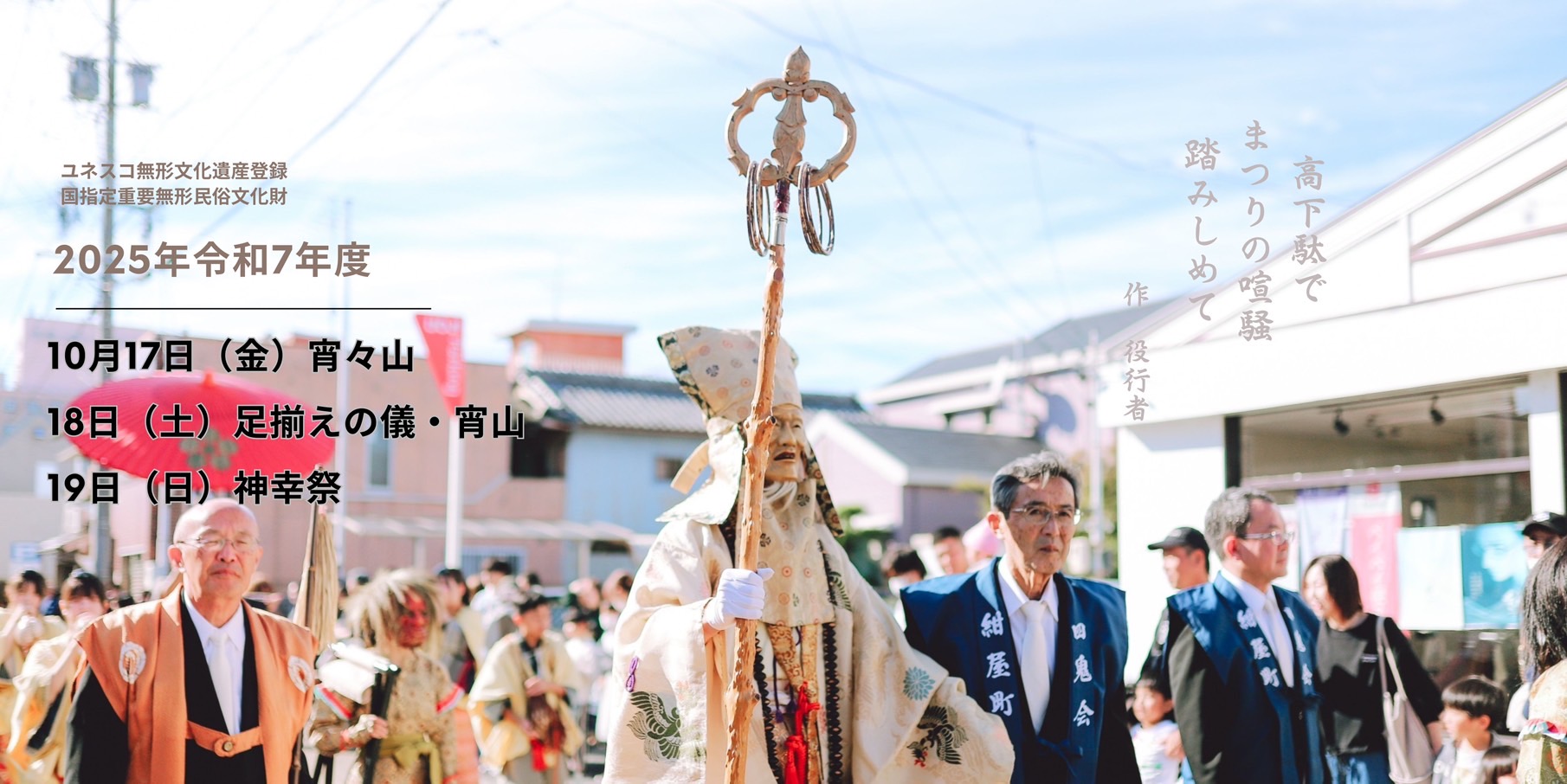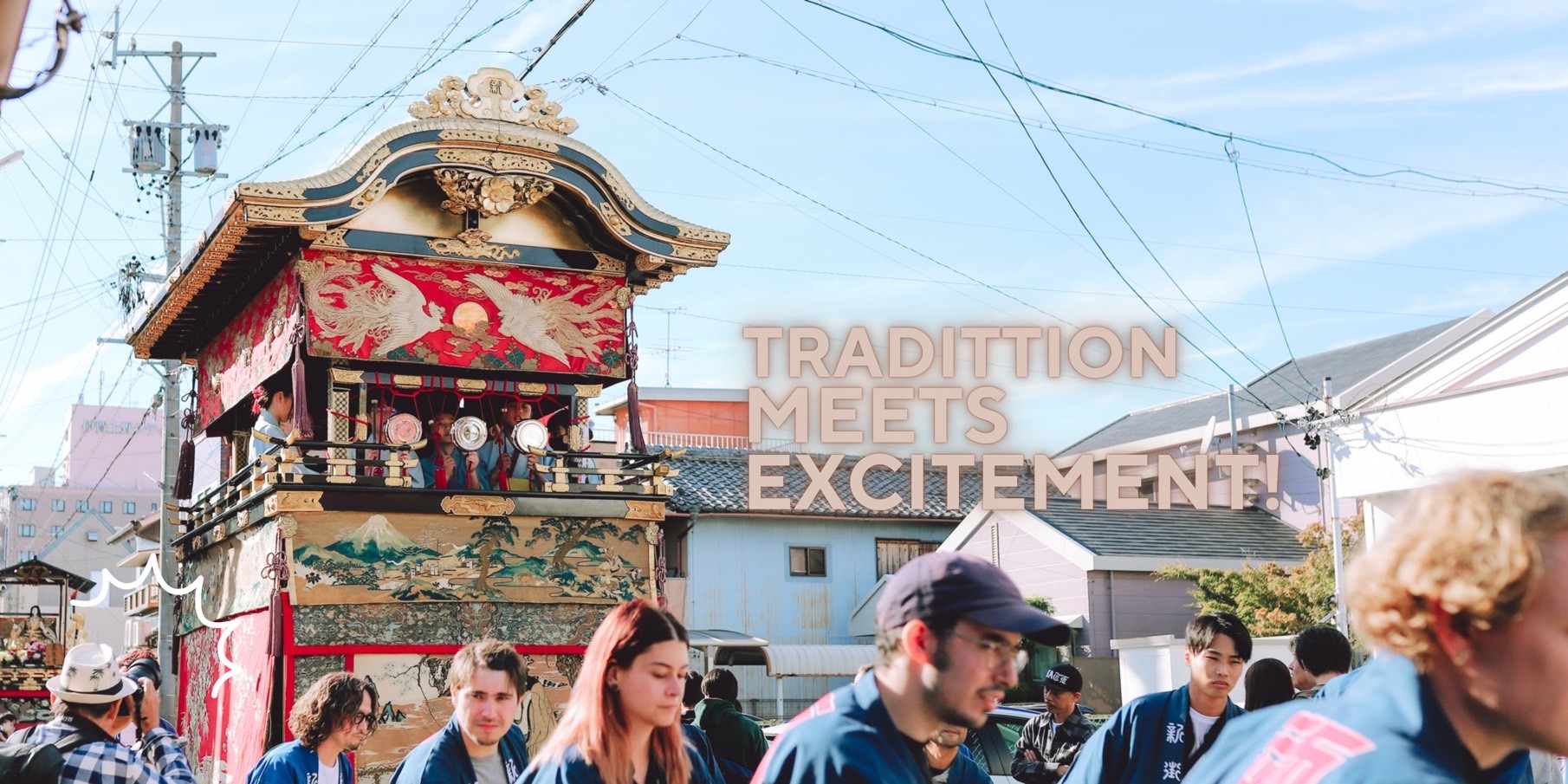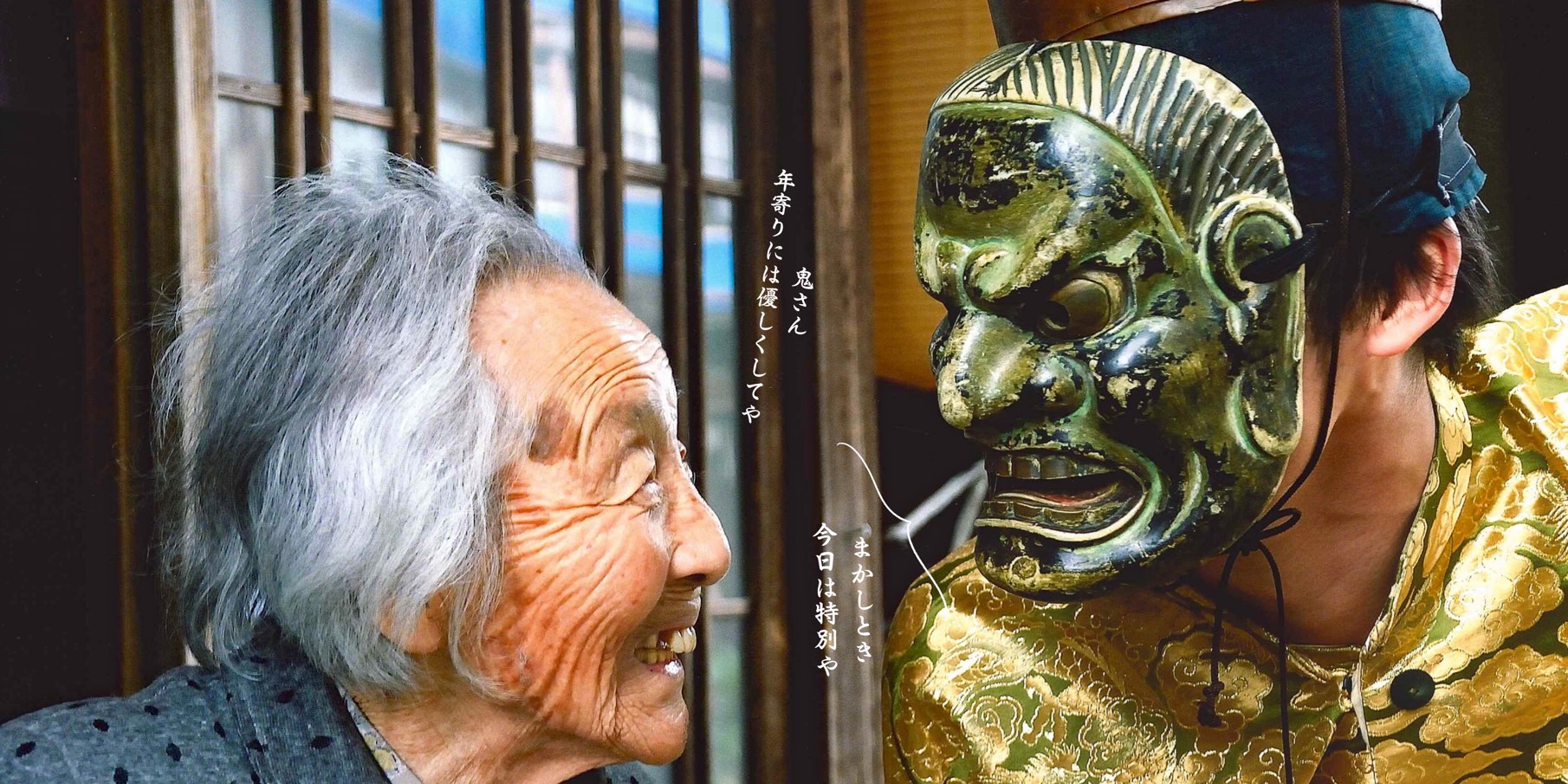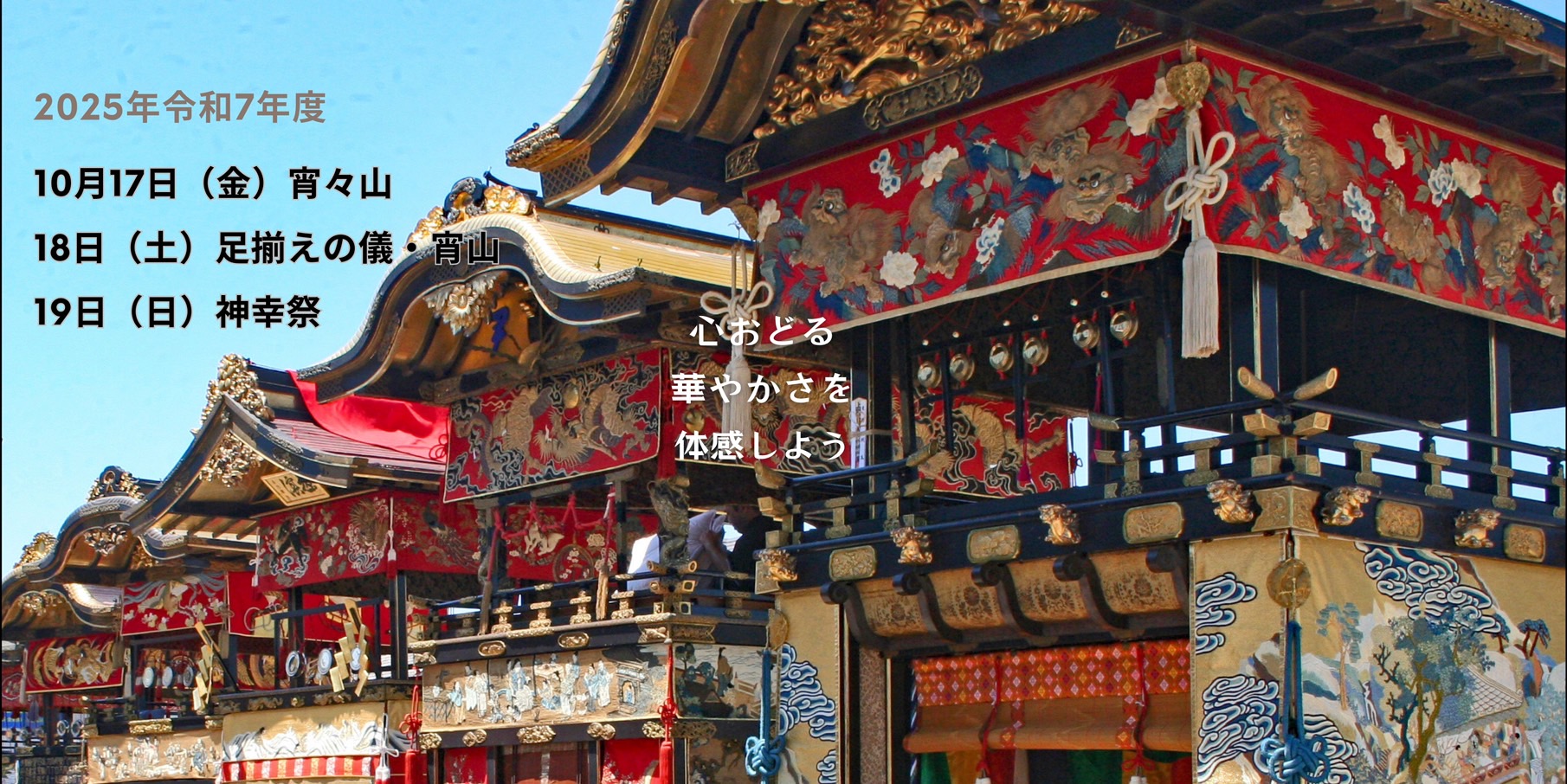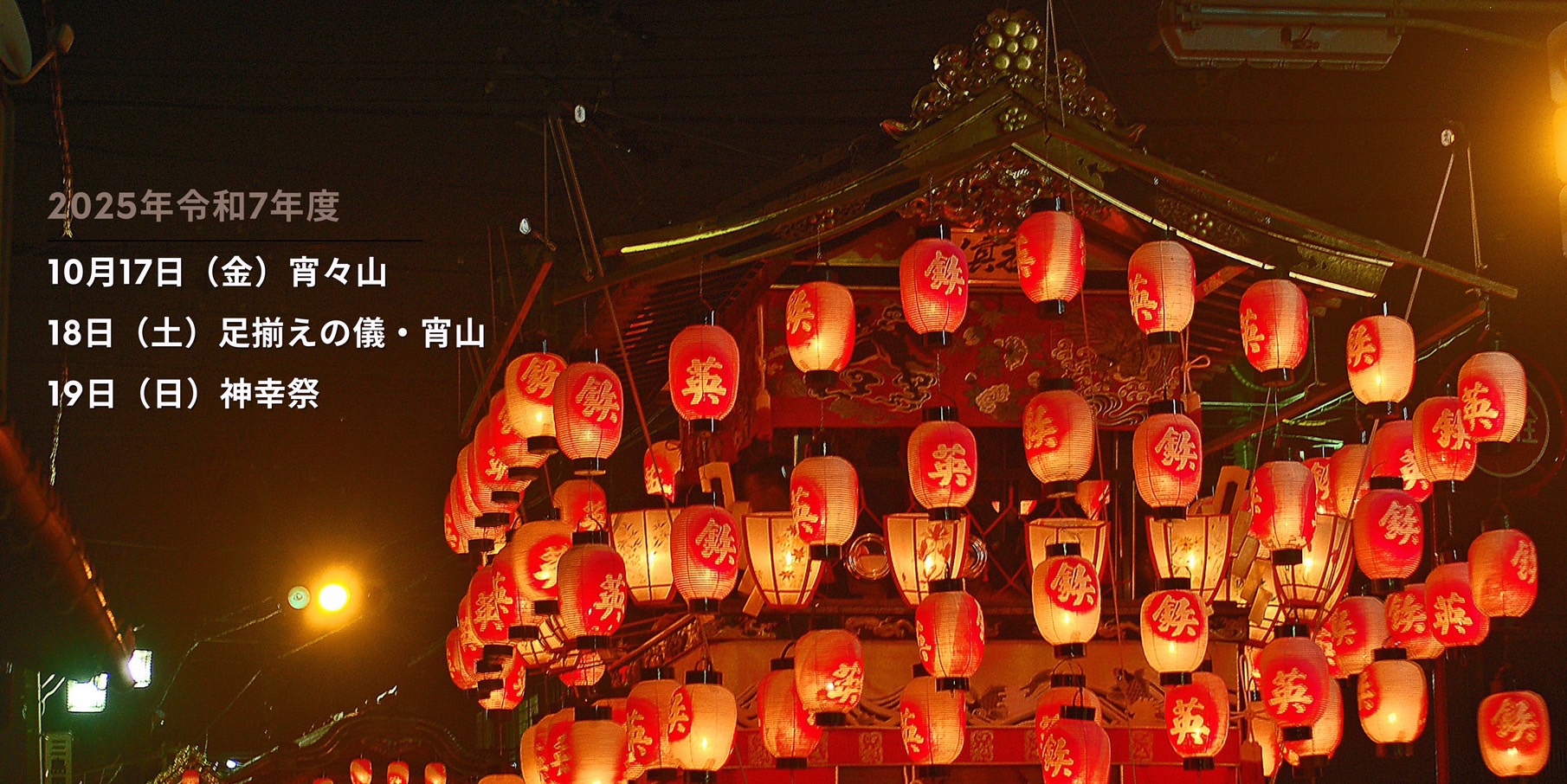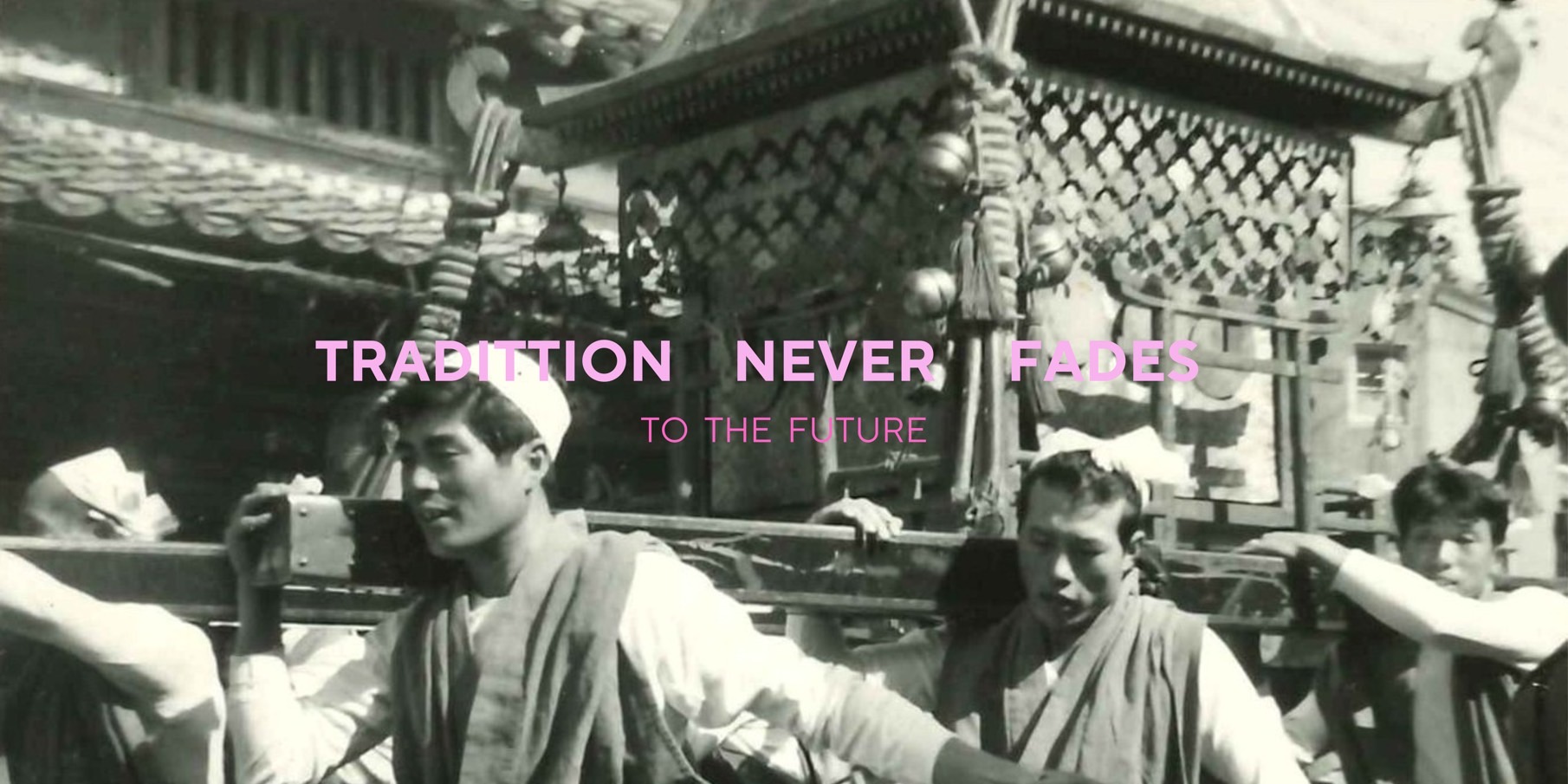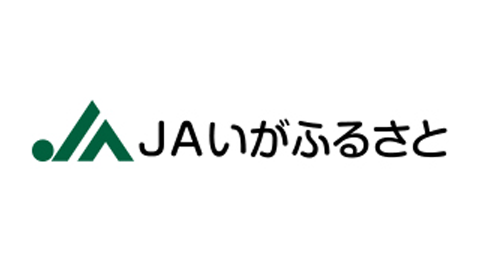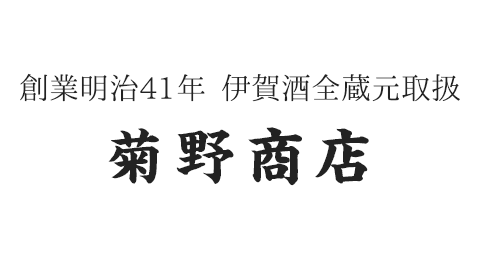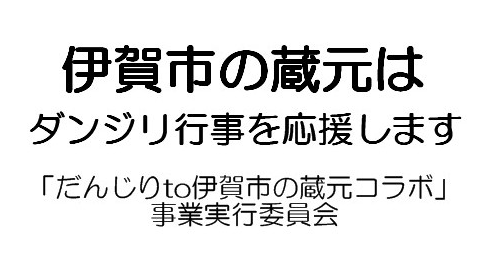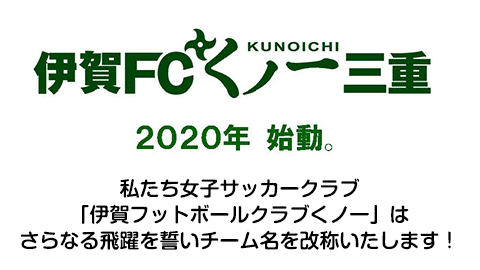About ueno tenjin festival
-
Ueno Tenjin Festival is an autumn festival held at Ueno Tenjin Shrine (Sugawara Shrine) in Iga City.
At the main festival’s “Shinko Festival”, as an offering procession of Tenmangu Mikoshi and Kushagu Mikoshi,
The demon procession and the Danjiri procession continue.
The Oni procession leaves from the towns along Sannomachi-suji, and the carriages leave from the towns along Honmachi-suji and Ninomachi-suji.
These events were designated as National Important Intangible Folk Cultural Properties in 2002.
In 2016, it was registered as a UNESCO Intangible Cultural Heritage.
-
History
The Ueno Tenjin Festival was revived in 1660 and was held with the permission of the Todo clan. After its restoration, the procession marched inside the castle, and the lord of the domain also came to watch.
The towns of Misuji-cho competed in elaborate performances, and flourished as a town for merchants.
At the festival in 1688, there is a record of a procession of “ishibiki” and “artificial flowers” of peonies, plums, and chrysanthemums (“Toshu Kairoku”). 

-
The origins of the demon procession
The Engyoja-retsu of the Miki-e that appears in the Tenjin Festival has been around for a relatively long time. In the records of 1690, “Zochoten” is mentioned, and this is said to be part of the “Engyoja-retsu.” This procession is modeled after En no Gyoto’s entry into Mt. Omine, followed by demons, En no Gyoto, and others. On the other hand, the “Chinzei Hachiro Tametomo Retsu” in Tokui Town appeared around 1798 and is a replica of Minamoto no Tametomo’s triumphant return after defeating the demon.
-
The origins of the Danjiri event
The origins of the Danjiri procession date back to the Edo period. In 1731, at the Tenjin Festival in Nakamachi, the falconer’s training was changed to the hakoroi warrior’s training. In 1751, Nerimono of the Seven Lucky Gods appeared in Kodama Town. Rouguruma appeared after these nerimono, and was also written as “daijiri” or “danjiri,” and in the late 18th century, it was also called “yamahoko.” The “Hanahoko” in Mukojima Town in 1756 and “Kokamiyama” in Nakamachi in 1759 are said to be the prototypes of the rouguruma.



